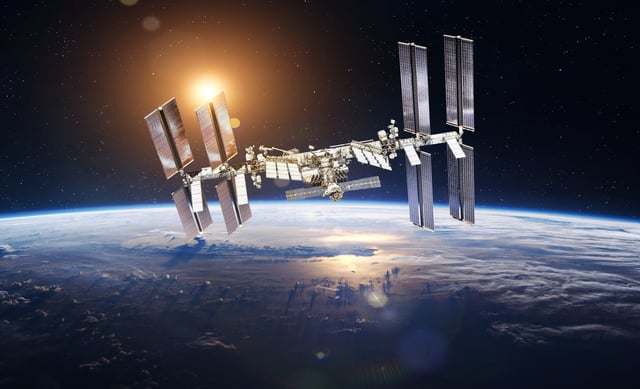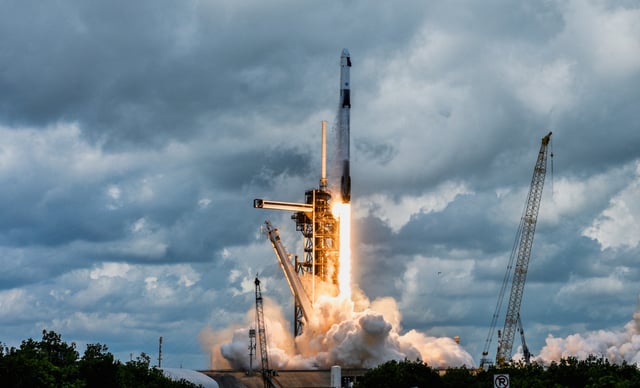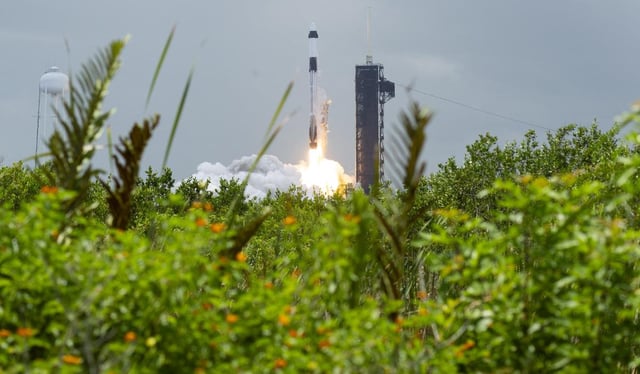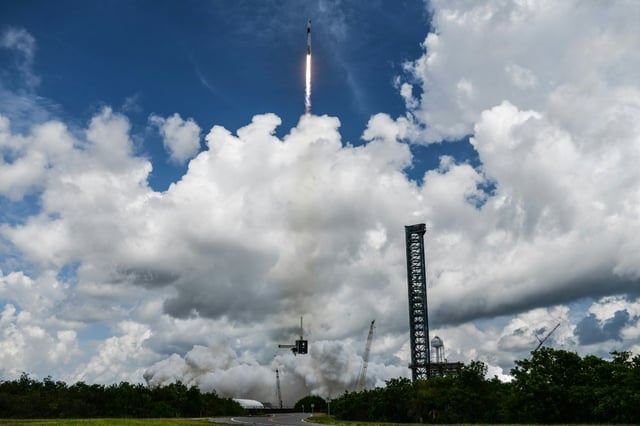Overview
- Dmitry Bakanov and NASA’s Sean Duffy met face-to-face in Houston for the first time since 2018 and agreed to operate the ISS through 2028 with deorbit planning until 2030.
- The SpaceX Falcon 9 lifted off from Kennedy Space Center on August 1 carrying Crew-11, and the Endeavour capsule docked early August 2 over the Pacific.
- Over the next six months, Crew-11 will run lunar landing simulations designed for Artemis missions and assess astronaut piloting performance in microgravity.
- The mission includes comparative growth experiments for Armenian pomegranates grown onboard and on Earth to study microgravity’s impact on plant development.
- Since the shuttle’s retirement, NASA has relied on Commercial Crew partnerships with SpaceX to sustain continuous human access to the orbiting laboratory.



